|
Week 10: The Cold War
Welcome to HST 202 Week Ten! This is the tenth learning module looking at the Cold War in the United States.
HIGHLIGHTS
READING
Carnes, Chapter 28: Collision Course, Abroad and at Home: 1946-1960 My classes utilize both Howard Zinn's Patriot's History of the United States and Larry Schweikart's Patriot's History of the United States, mostly in excerpts posted to the modules. You can access the full text of People's History or Patriot's History by clicking on the links. 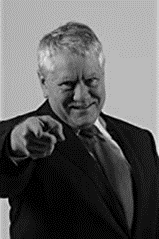
Schweikart Chapter 18: “America’s ‘Happy Days,’ 1946–59”
…Soviet spies in America had been active for more than two decades, of course, just as Americans themselves conducted intelligence operations in most major foreign countries. What the Soviets gained through their American agents, however, was substantial. One new study concludes that contrary to the claims of liberals for many years, physicist Robert Oppenheimer, the father of the atomic bomb, helped write American Communist Party literature at the University of California and may have been a party member. Another recent study of Soviet agents in America, based on newly released KGB documents and coauthored by a former Soviet agent, revealed that Russian intelligence agencies “received substantial and sometimes critical information (including many classified documents) concerning U.S. government policies on highly sensitive subjects, its confidential negotiating strategies, and secret weapons development, including essential processes involved in building the atomic bomb.” The agents’ skills ranged from those of practiced professionals to bumbling amateurs, but, significantly, their level of penetration into the U.S. government is no longer in doubt. Ironically, by the time Senator Joseph McCarthy, Republican of Wisconsin, got around to discovering the presence of this underground network, it had been shut down for several years because of the defection of a single mentally depressed female agent. McCarthy, whose name has sloppily been linked to hysteria and totalitarianism, was a complex figure. The last major American political figure raised in a log cabin, the Irish Democrat had switched parties after the Second World War, winning a judgeship, then the Senate seat that had belonged to Robert LaFollette. He came into the Senate with his two friends John Kennedy and Richard Nixon. Joe Kennedy liked McCarthy, and Robert F. Kennedy worked as the senator’s staffer during his investigations. Like Joe Kennedy, McCarthy was blue collar, rough, and viewed as an outsider. Given to both overdrinking and overwork, McCarthy had a strong record on civil rights and support of Wisconsin’s farmers, but he tended to operate within the committee on which he was seated, the Permanent Subcommittee on Investigations (PSI). The PSI resembled the House Un-American Activities Committee (HUAC), which had commenced operation in 1938 to deal with both Nazi and Communist subversion. McCarthy failed to appreciate—or capitalize on—his own evidence that indicated America’s national security had been penetrated at the highest levels under Roosevelt. The Agricultural Adjustment Administration had provided a breeding ground for young communist agents, sympathizers, and radicals in the 1930s, including John Abt, Lee Pressman, Nathan Witt, Harold Ware, and Alger Hiss. Ware, for example, had already set up a network in Washington with seven cells, all linked to the USSR. Though opposed by his Senate committee, McCarthy, soon assisted on his own staff by young Robert F. Kennedy, and on the House side by Congressman Richard Nixon (pursuing Alger Hiss), succeeded in grabbing headlines and sounding a warning. Too often McCarthy’s willingness to tout any unverified piece of information or to act before he had proof obscured the fact that the genuine damage already had been done to American security. Alleging that the U.S. Army itself had security issues, McCarthy challenged the integrity of General George Marshall, at which point Americans’ patience ran out. Many of his supporters turned against him; the Senate censured him in 1954; and his health deteriorated until his death three years later after long bouts with alcoholism. “McCarthyism” subsequently became a term synonymous with repression and terror—an amazing development considering that not one of the people subpoenaed by the senator to testify lacked legal counsel; none were arrested or detained without due process; and no one went to jail without a trial. “All through the ‘worst’ of the McCarthy period, the Communist Party itself was never outlawed, membership in the party was never declared a crime, and it continued to maintain public offices, publish books and the Daily Worker,” wrote McCarthy biographer Arthur Herman. If anything, McCarthy’s investigations underestimated the number of active Soviet agents in the country. At one time or another, the KGB regularly debriefed not only Harry Dexter White and Laurence Duggan, but also Michael Straight in the State Department; an agent known as Moris (thought to be John Abt in the Justice Department); Boris Morros, a Hollywood producer; and well known columnist Walter Lippmann. Some, such as Duggan and White, deliberately and frequently shaped their internal policy memos to best benefit the USSR, not the United States, according to recently released KGB material from the Soviet Archives. Even though the Eisenhower administration quietly abandoned the search for communists in the government, the assault on American communists became broader and, one could say, “more democratic,” as communists found themselves harassed, prosecuted, and hunted by the government with the enthusiastic support of large segments of the public. Unions, led by Walter Reuther of the United Auto Workers and Philip Murray of the CIO, had kicked known communists out even before McCarthy started his famous hearings. J. Edgar Hoover, the director of the FBI, turned anticommunism at the Bureau into a nearly personal vendetta: from its 1944 peak of eighty thousand members, the American Communist Party had shrunk to below twenty thousand in 1956 and fewer than three thousand in 1971. Hoover had considerable help, however. Public officials often ignored or violated the constitutional rights of Communist Party members, and more extreme groups encouraged vigilante activity against known communists. Harvard University stated in May 1953 that “membership in the Communist Party is beyond the scope of academic freedom,” and constituted “grave misconduct justifying dismissal.”43 That said, the fundamental fact was that overall the constitutional protections and the fair play and ethics of the majority of citizens restrained and limited anticommunist zeal. Without doubt, the public was hostile to communism and suspicious of fellow travelers (nonparty members who abetted communism). In its last burst of pro-America activism, Hollywood chipped in with movies such as I Married a Communist and The Red Menace, produced between 1947 and 1949. The blacklisting of the Hollywood Ten is well known. Hearings into the movie industry saw one resolute witness, a young Ronald Reagan, defend the industry and question the attacks on civil liberties. Public schools promoted prodemocracy programs and tell-all books by former communists abounded. The bottom line, however, was that anticommunism was a serious response to genuine threats on many levels than it was a form of paranoia. And overall, the dislocations attributed to anticommunist movements were and are exaggerated. As historians of the American communist movement noted, “Even during the early 1950s, the high tide of McCarthyism, the Communist party functioned legally, its spokesmen publicly advocated its doctrines, its recruiters brought in new members, and its press published daily and weekly newspapers, journals, pamphlets, and books in the millions of copies.” University purges were rare. Of the 1,850 colleges and universities with nearly 300,000 faculty in the 1950s, there were 126 cases of professors (at 58 institutions) dismissed or threatened with dismissal for their communist affiliation. The bad news was that the spy scandals here and in Britain indicated that communist infiltration into national security and the State Department was worse than imagined. Spies Julius Rosenberg, Claus Fuchs, and others had given the Soviets the data they needed to make an atomic bomb. The spy revelations, along with the invasion of South Korea by communist North Korea and the fall of China to dictator Mao Tse-tung in 1949, led to sharp concern over Soviet espionage activities in the United States. Labeling this the Red scare, or hysteria, is a gross exaggeration. Hysteria is an ungrounded fear, as opposed to concern based on genuine threats. As newly released Soviet documents confirm without question, the USSR had penetrated virtually every important division of the U.S. government related to military, diplomatic, and security issues. Certainly the opposition to the cold war and agitation by so-called peace movements in America was manipulated by the Soviets. Ironically, evidence for this Soviet involvement in domestic peace organizations comes from a historian sympathetic to the Left, Robbie Lieberman, who admits that American Communists “saw peace as bound up with the fortunes of the Soviet Union.” As he noted, “Communist agitation for peace was bound up with defending the interests of the Soviet Union, especially guaranteeing its…power (nuclear and otherwise) vis-à-vis the United States.” The nation was quite rational in exhibiting serious concerns about such developments and, at the same time, was fortunate to have a war hero and levelheaded Kansan as its new president—a man who could stand up to the excesses of McCarthy without in any way backing down from the commitment to containment abroad. What is less clear is how seriously Eisenhower took the threat of communist infiltration into the Roosevelt and Truman administrations: he appeared more embarrassed by McCarthy than concerned with the likes of Owen Lattimore and Alger Hiss. Some of Eisenhower’s approach must in part be attributed to strategy, not wishing to expend little of his administration’s energy pounding on the errors of his predecessor. Some of it must be chalked up to a certain (and in this case, wrong) American presumption that large numbers of fellow citizens would not be traitors. Whatever the reason, Ike’s unwillingness to be even slightly associated with McCarthy’s cause led the new president to miss a golden opportunity to clean house of Soviet agents and, in the process, reinvigorate the conservative movement without the taint of extremism associated with the John Birch Society (a far-right anticommunist group) or McCarthy…
ASSIGNMENTS
Forum Discussion #10
IT’S HISTORY is a YouTube channel that focuses on history in short, succinct video essays. Watch this short video on Fast Food and the Cold War and answer the following:
How did fast food become synonymous with capitalism? How did this affect the Cold War, if at all? Need help? Remember the Discussion Board Rubric.
1 Comment
3/25/2021 08:32:39 am
The purpose of art is washing the dust of daily life off our souls.
Reply
Leave a Reply. |
AuthorRyan Lancaster wears many hats. Dive into his website to learn about history, sports, and more! Archives
April 2024
Categories |

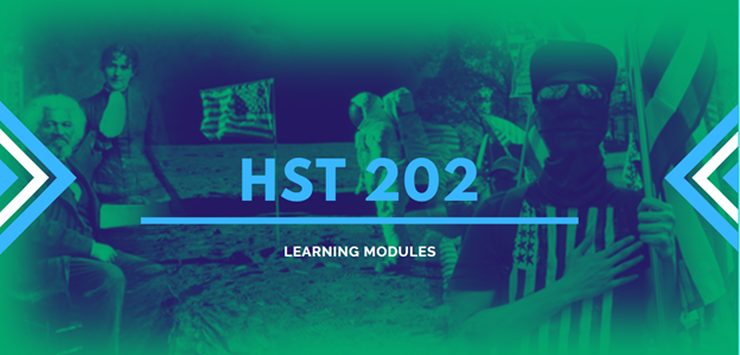
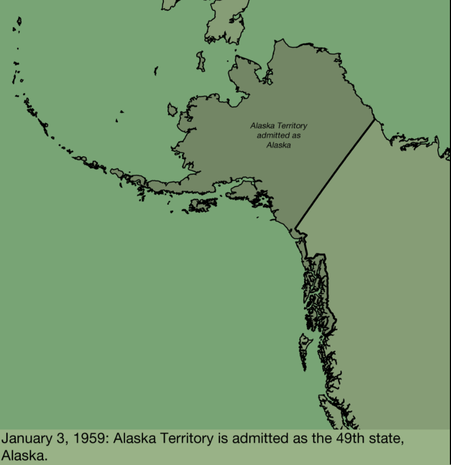
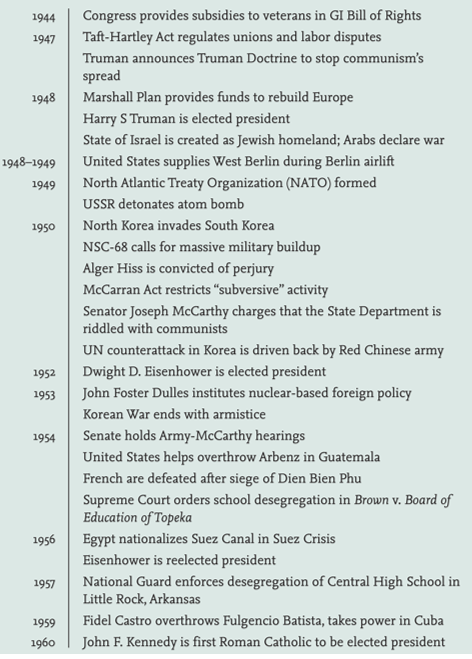
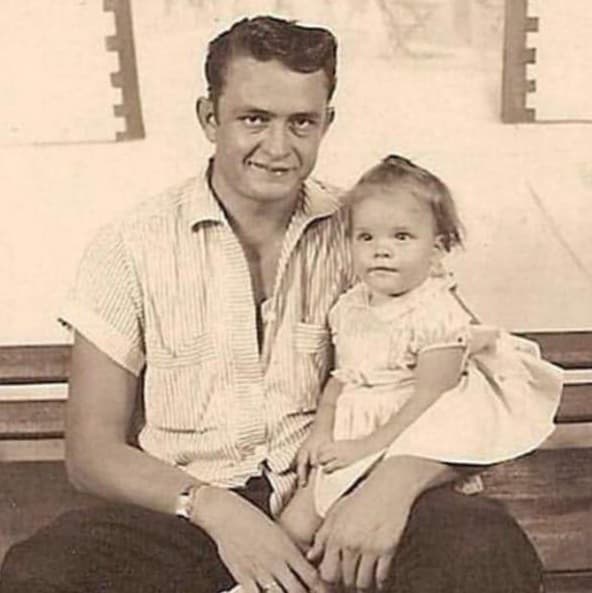
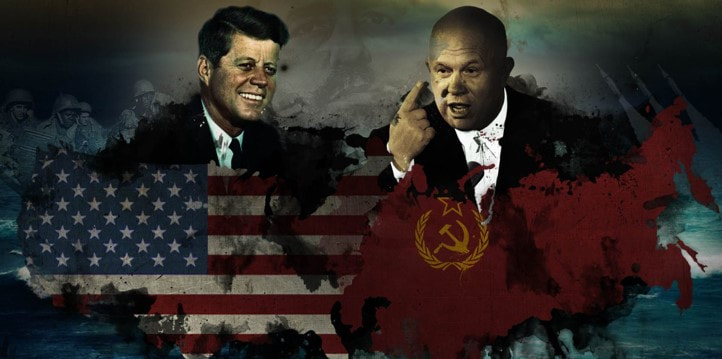
 RSS Feed
RSS Feed